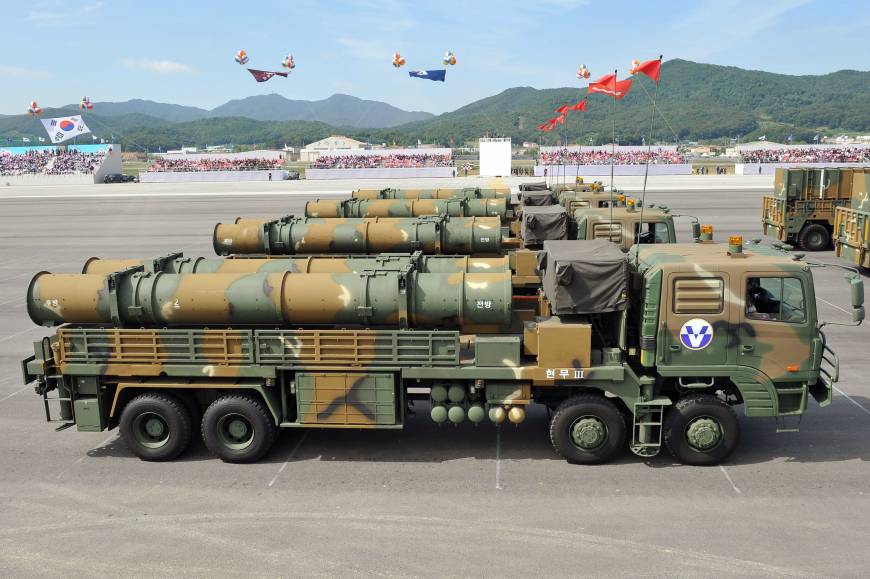The Peninsula
Domestic Goals Override Foreign Policy Headwinds

What Happened
- On May 21, Moon Jae-in and Joe Biden met to discuss the US-ROK alliance, vaccine partnerships, supply chains, and North Korea.
- Shortly after the summit, Moon announced a joint agreement on removing guidelines that limit the distance South Korean missiles can travel.
- The move is seen as a path for South Korea to develop greater sovereignty over its domestic military capabilities.
Implications: South Korean policymakers will pursue major domestic political objectives even if they might risk foreign policy headwinds. Accelerating the transfer of wartime operational control from the U.S. forces to the South Korean military was a key campaign promise of the Moon administration and has been a long-term objective of progressive parties. The recent removal of missile restrictions will allow South Korea to strengthen its defense capabilities and come closer to meeting the prerequisites for leading the allied forces in a future conflict on the peninsula. Although China has not officially responded to the lifting of Seoul’s missile range, South Korean observers are aware that lifting missile restrictions may anger Beijing. This may lead to economic retaliation similar to China’s response to THAAD deployment in 2016. However, Boo Seung-chan, spokesman for the ROK Ministry of Defense, noted that this was a domestic decision, and Beijing’s opinions were not taken into consideration.
Context: The first ROK missile development restrictions were implemented in 1979, mandating that missiles had a maximum payload of 500 kilograms and a maximum range of 180 kilometers. These guidelines were reevaluated several times over the years, particularly in response to North Korean threats. Following the DPRK shelling of Yeonpyeong Island and scuttling of the corvette Cheonan, the range was extended to 800 kilometers in 2012. The weight of the payload was also allowed to exceed 500 kilograms if the target was under the maximum distance. Missile guideline discussions resumed in August 2017, after an unprecedented amount of North Korean ballistic missile tests and the 2016 nuclear test. In November 2020, the United States and South Korea agreed to remove payload restrictions entirely, and solid fuel restrictions were removed. During the May 2021 Moon-Biden summit, all restrictions were removed, and South Korea is now able to develop missiles that can travel over 800 kilometers.
This briefing comes from Korea View, a weekly newsletter published by the Korea Economic Institute. Korea View aims to cover developments that reveal trends on the Korean Peninsula but receive little attention in the United States. If you would like to sign up, please find the online form here.
Korea View was edited by Yong Kwon with the help of Melissa Cho and Alexandra Langford. Picture from Wikimedia Commons user Teukwonjae707.
